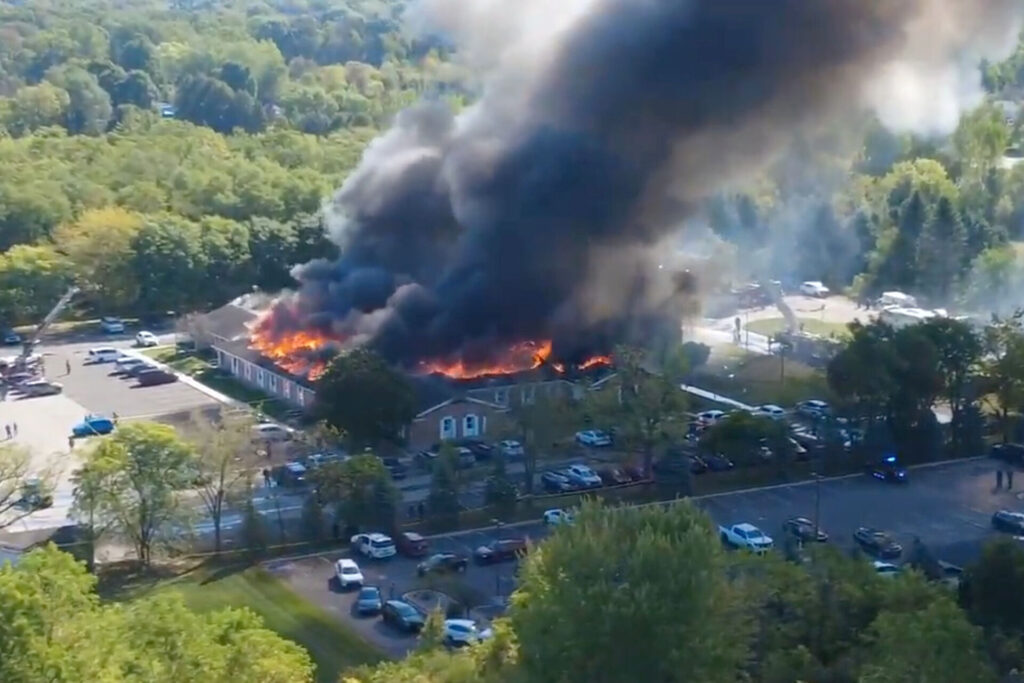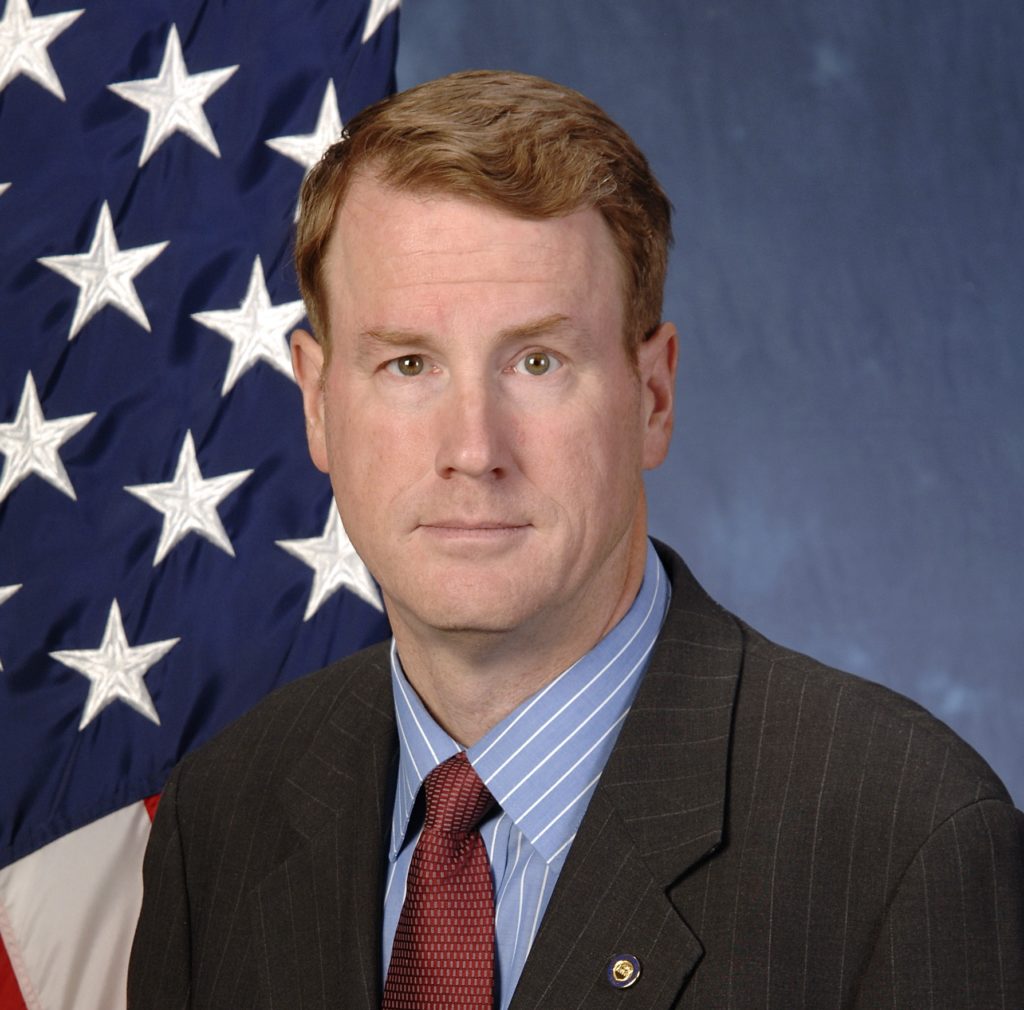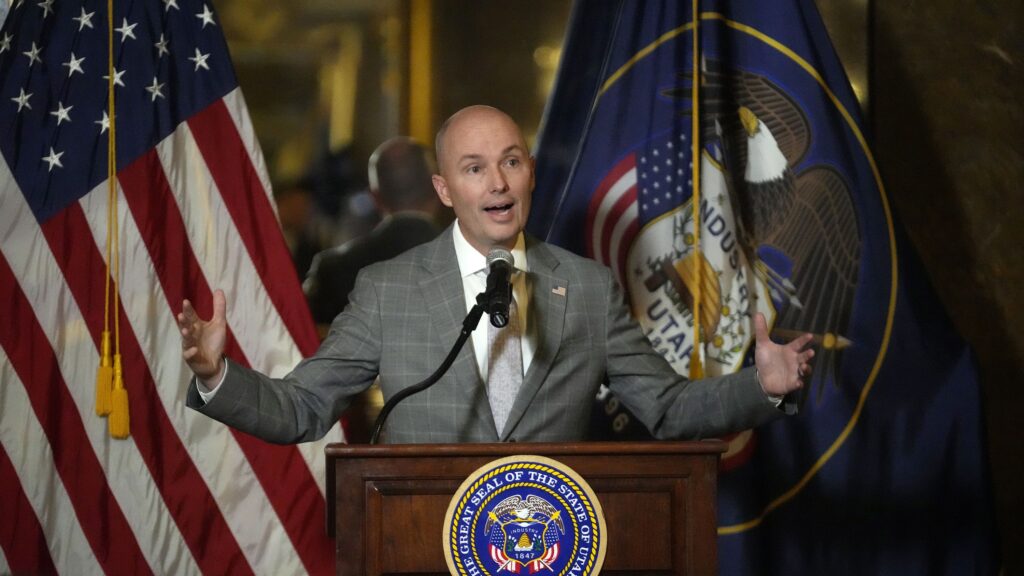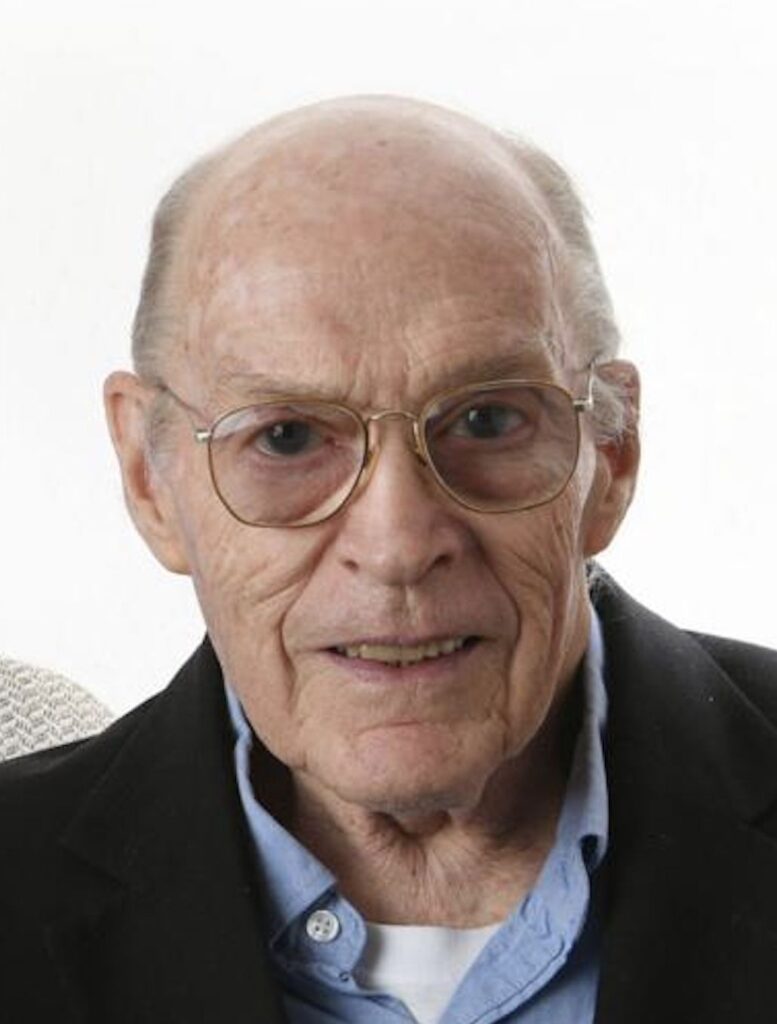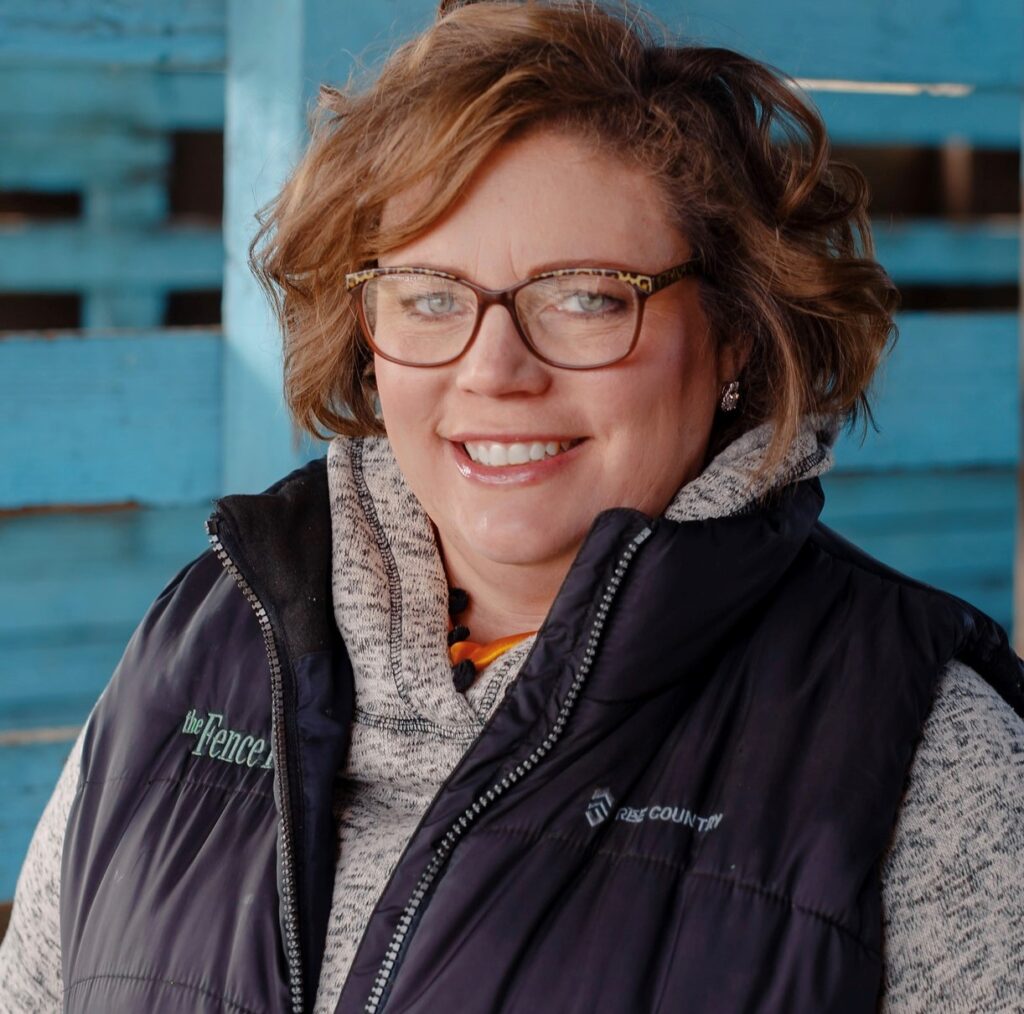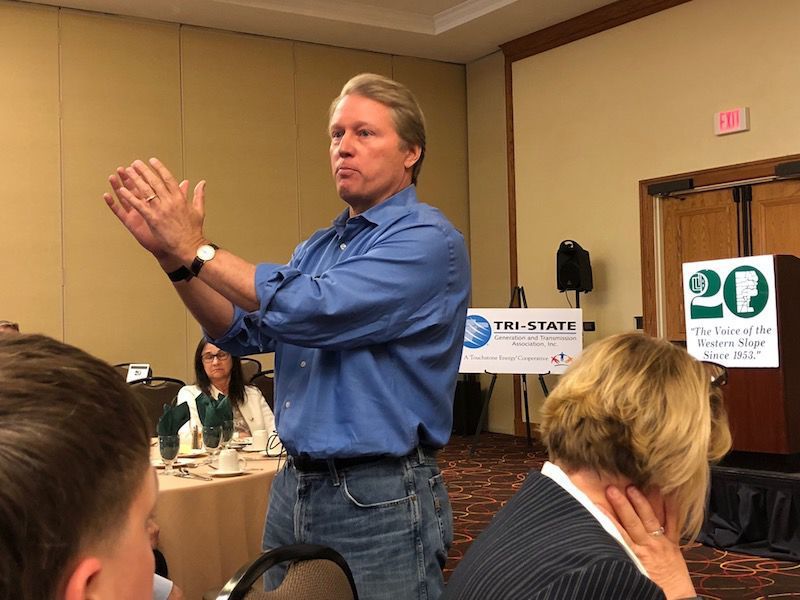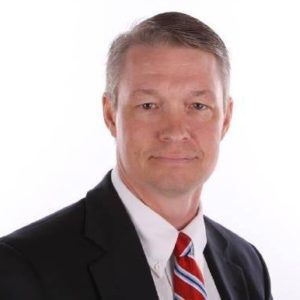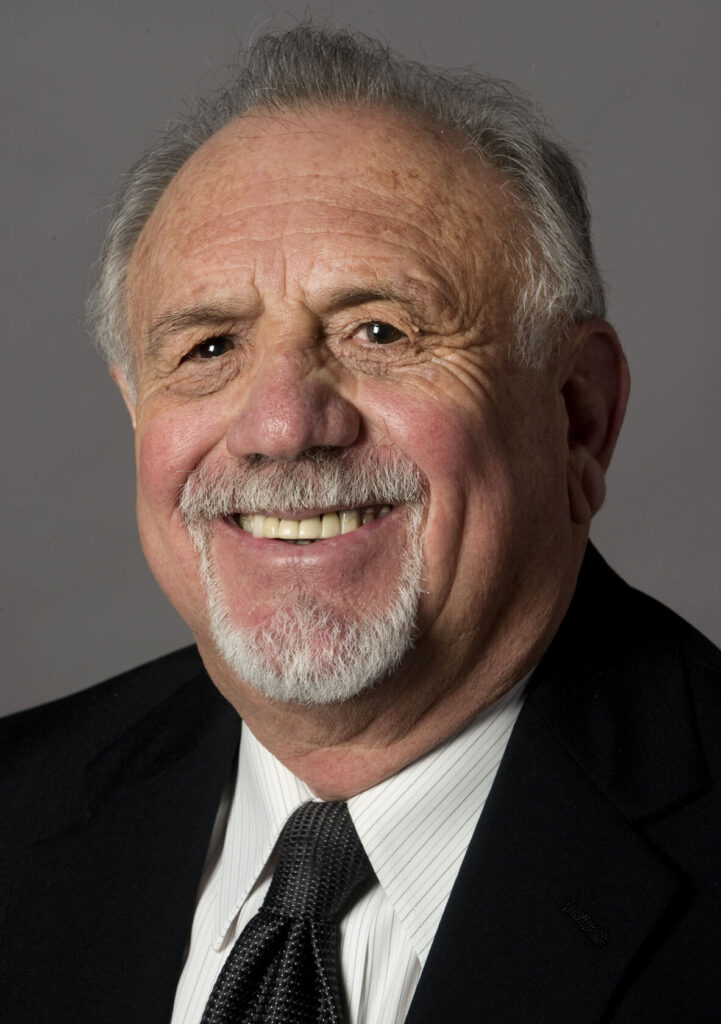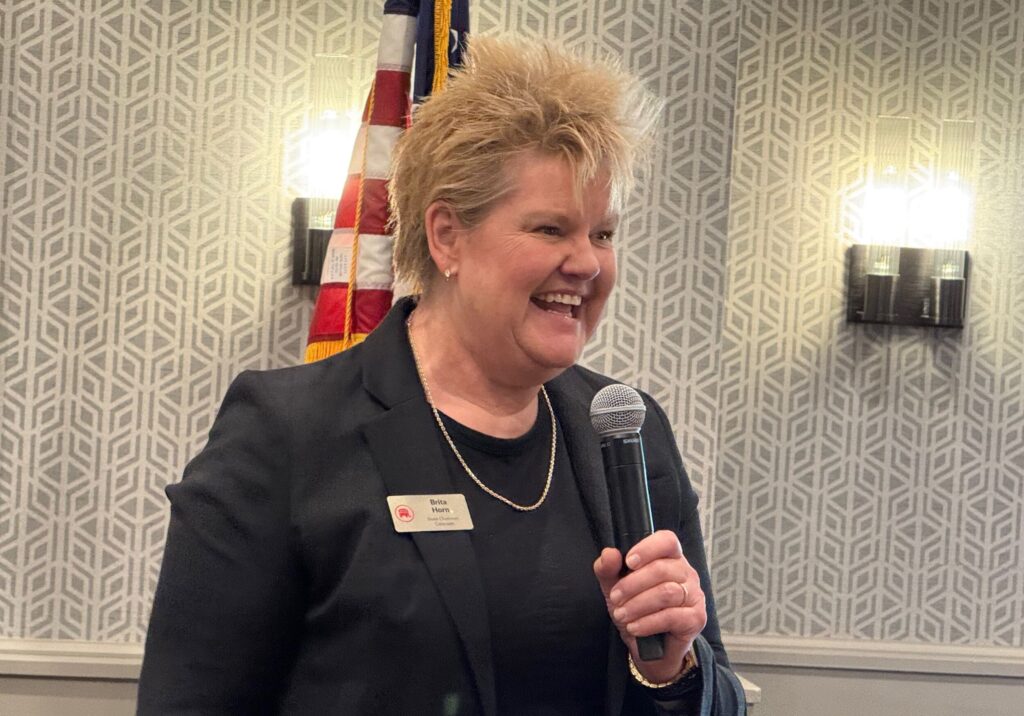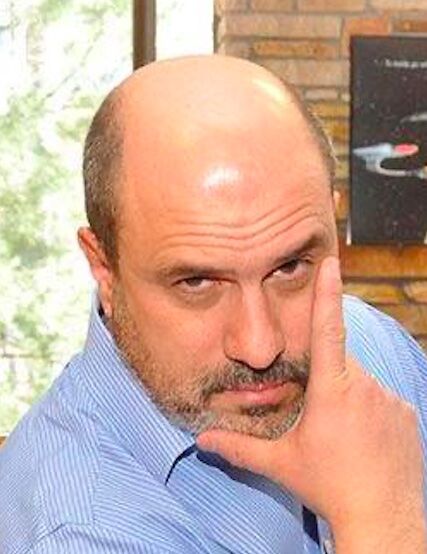HUDSON | Competitive districts are the best bet
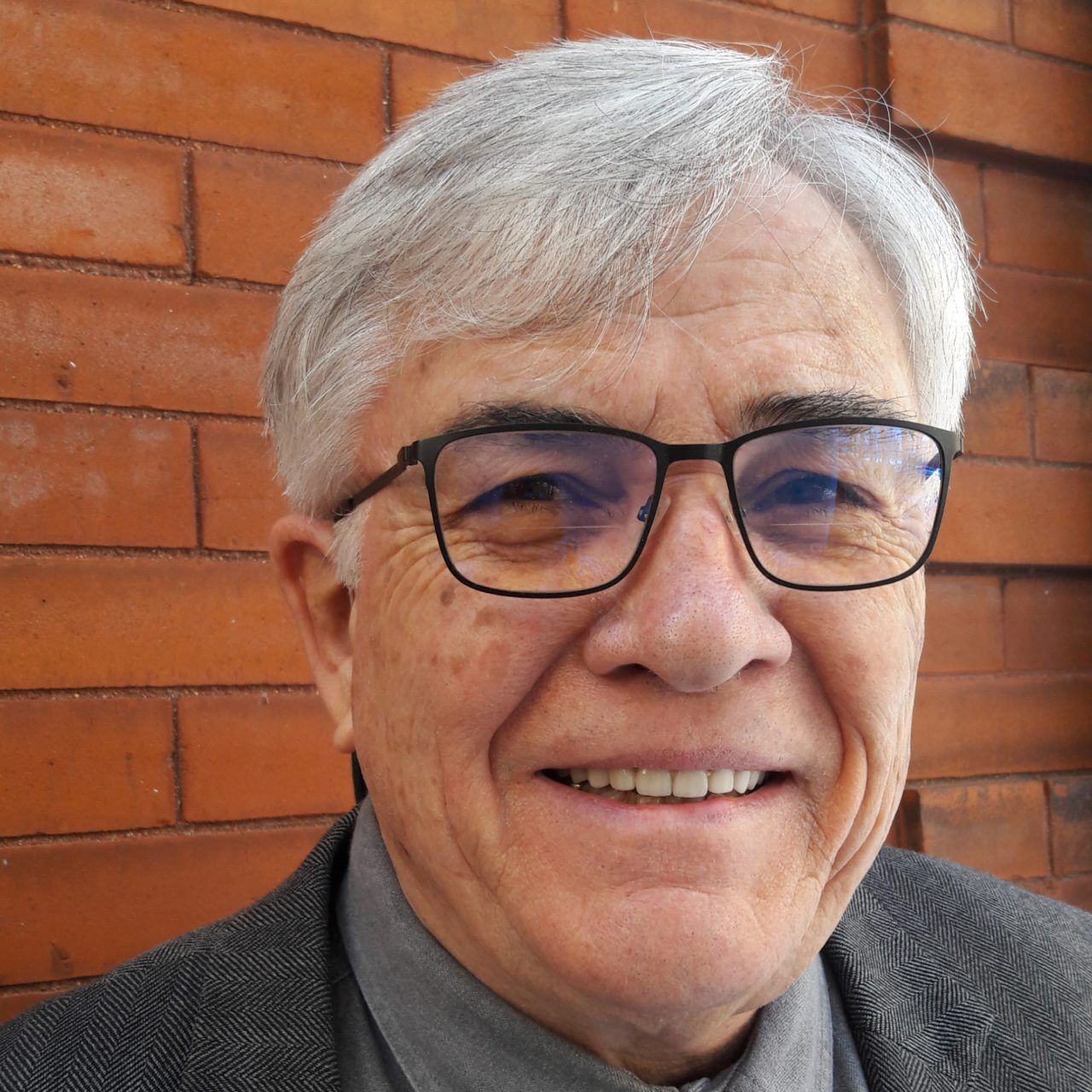
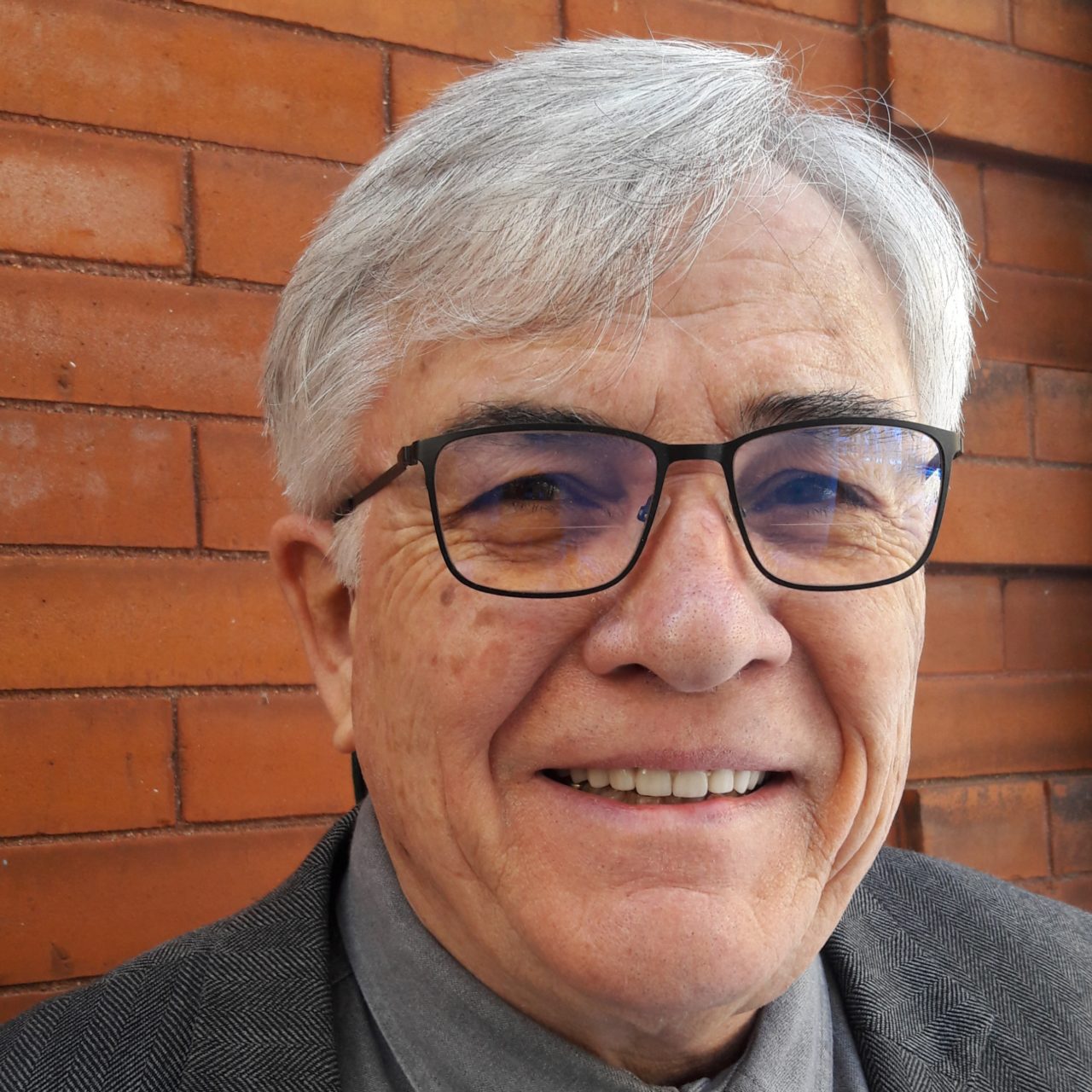
As I monitored Colorado’s Legislative Redistricting Commission’s public hearing last week, I was reminded that it was never entirely clear what problem voters hoped to fix with a non-partisan panel. Without argument, congressional redistricting has proven a challenge for several census cycles, with the courts eventually drawing lines following legal squabbles over the legislature’s reapportionment maps. However, legislative redistricting, which was previously assigned to a panel appointed by the legislature and governor routinely fulfilled its duties with minimal caterwauling. Nonetheless, a constitutional amendment was touted as a necessary safeguard against partisan gerrymandering.
It was largely liberal groups that advanced voter approval of Colorado’s newly minted citizen redistricting panels. Presumably these activists believed progressive candidates would benefit from the even-handed judgments of randomly selected voters. There is considerable irony in the fact that these commissions are carving out their own priorities. The commission staffs have emphasized electoral competitiveness over community of interest and other factors. This has prompted Common Cause to dispatch a plea to its supporters asking them to take action against a risk of racial gerrymandering which may dilute the ballot box power wielded by “Coloradans of color.”
The public hearing at the Green Valley Recreation Center in Northeast Denver drew former Mayor Wellington Webb, who introduced himself as a participant in three previous statewide redistricting efforts. The thrust of his remarks went on to criticize the decision to separate legislative districts along Colorado Boulevard in north central Denver. Webb, as did other witnesses, testified to the communal bonds among African American churches and cultural institutions that knit Five Points across North City Park into North Park Hill that has created a cohesive community of interest for decades. The importance of considering school catchment boundaries as a factor in identifying shared civic interests was also raised. All this appeared enlightening for our citizen commissioners.
Redistricting began to appear a lot more complicated than presuming major highways naturally divide neighborhoods. Serving on those previous redistricting panels with Webb was the late House Speaker Ruben Valdez of West Denver. Chairing at least a pair of these efforts was Republican Bob Lee, whose partisan pedigree ran back to the election of John Love as governor in the ’60s. These politicians knew their legislators and the districts they represented. Informally, Bob turned over responsibility for redrawing lines in heavily Democratic areas to Wellington and Reuben while he focused on carving out Republican districts. A tacit agreement existed that neither side would nitpick the other’s decisions. This reduced compromise to areas of rapid growth.
This wasn’t a perfect system, but neither was it a gerrymandering horror. Voters probably wound up with a few too many safe districts that protected incumbents, but even this could have its merits. The-state Rep. Jerry Kopel served for many years as the legislature’s “in-House” watchdog for conflicts between existing law and newly adopted statutes, crafting a corrections bill at the conclusion of each session to reconcile any contradictions. If Democrats gerrymandered Jerry’s home into a safe district, Republicans would wink and look the other way. Leadership on both sides of the aisle wanted Jerry to return. A bit of line tweaking often forestalled nasty primary fights between incumbents. Truth be told, this system was one that worked fairly well.
Voter approval of term limits threw another factor into this calculus. Partisan mapmakers could engage in private conversations with legislators – sliding a Senate boundary by a few blocks to satisfy an ambitious House member. Although concern was expressed by several speakers last week that the staff-drawn boundaries seemed to pack minority voters into specific districts, particularly Hispanics across south and west Denver, there was little evidence of any malice – ignorance perhaps. Commissioners repeatedly implored witnesses to submit alternative boundaries. How to fairly weigh the competing priorities identified in the Constitutional amendments remains a judgment call. Several speakers suggested that partisan competitiveness should be considered last since it was included last in the amendment. This seems like concluding the Ten Commandments were listed in declining importance – idolatry and adultery more serious than murder.
There seems no better guarantee of quality representation for voters than partisan competitiveness. Contested races force partisans to identify and nominate their most capable candidates. The more competitive seats there are, the more competent the legislative body will be. Congressional districts present a different challenge. The current staff proposal moves the San Luis Valley into Ken Buck’s District which is dominated by Colorado’s Eastern Plains. We should expect testimony in Alamosa that Valley residents share a greater community of interest with the Western Slope. It’s growing increasingly difficult to create coherent suburban districts without fracturing our metro counties. That will never be popular. In fact, none of this is easy to do. Fairness, much like beauty, exists in the eye of the beholder. Expect lawsuits.


